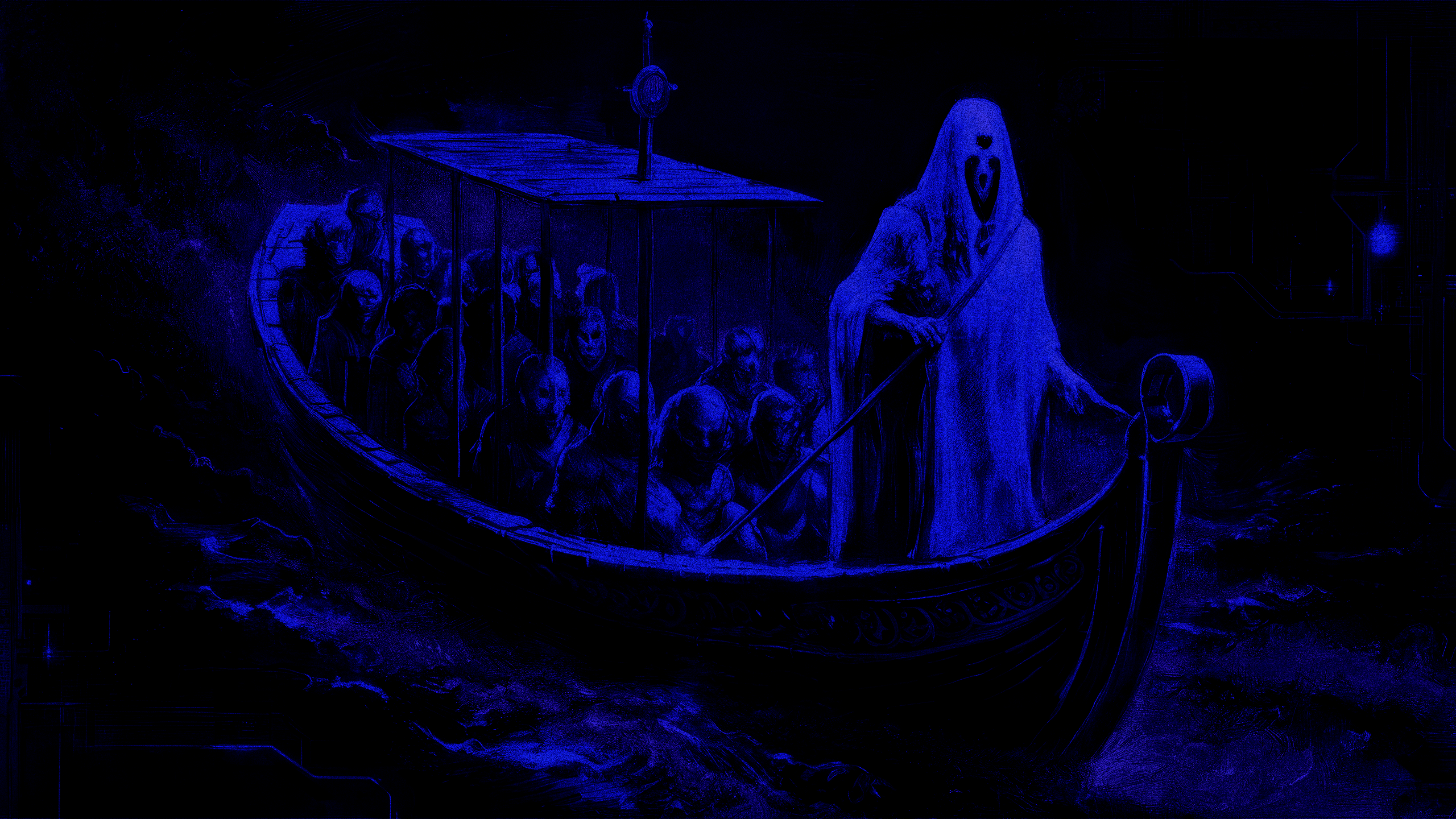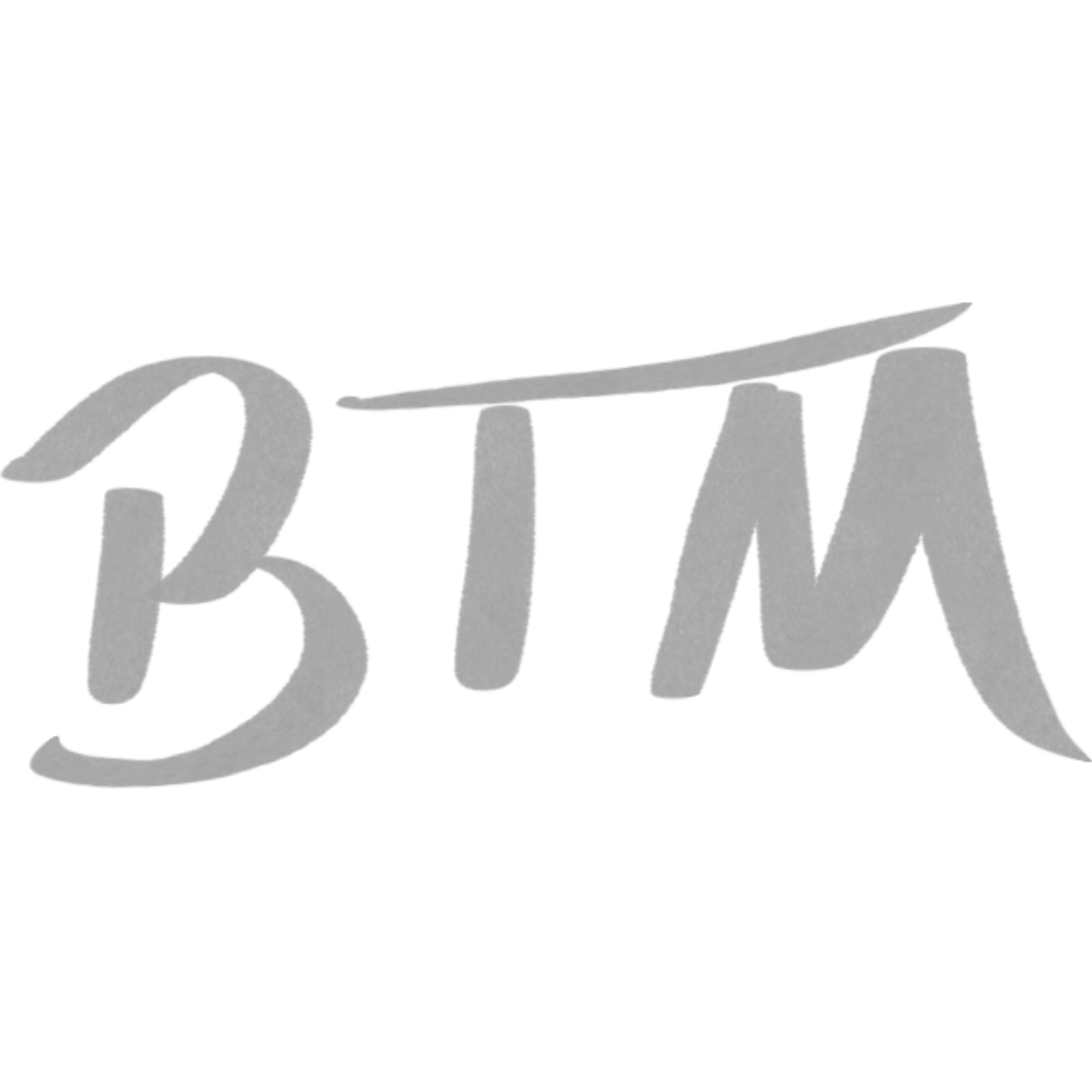
Thoughts on Digital Art
I shared the following thoughts in Roger Dickerman's 24 Hours of Art Telegram chat a few weeks ago:
1. For me, if a digital piece exists, and unless the artist indicates otherwise, that is the definitive edition of a piece, especially if it was originally created digitally. There are two reasons for this view: 1) I am a digitally native artist; and 2) I have a larger thesis that the world will become more (not less) digital-first as time goes on. This will only be hastened through the combined use of AI, blockchain, and AR/XR/VR technology.
As an aside, I can envision a world in the not-too-distant future where the primary means of decoration (clothing, interior spaces, et al.) is digital. If XR becomes ubiquitous and small enough, why buy a designer shirt, when you can overlay your white t-shirt with a digital VR version that never gets threadbare? Likewise, why risk thousands of dollars on a painting that could become faded or get damaged when you can digitally hang on your wall an interactive and more detailed and vibrant piece? Obviously, scarcity would still come in to play (see veblen goods), and thus the blockchain could prove provenance, ownership, etc. This will become even more important as AI is able to reproduce digital goods quickly and cheaply.
2. Display tech - this is something I struggled with when creating my most recent piece, “Based Blue Death.” The piece is meant to be viewed in 4K and on a bright HDR display (it is very dark, saturated, and has a lot of grain). When I edited the piece, it was on an 1000+ nit 4K display. If the piece is viewed on a 1080p 300 nit monitor, it's simply not going to look the way I intended it to look. It's like listening to a track that was mastered for Dolby Spatial Audio in an old pickup truck driving down the road with the windows down. Perhaps some sort of reference spec will be developed for the display of digital visual art in the future for just this reason.
3. Longevity of art and design consideration - using the same example of my most recent piece: ideally and usually, I would release the piece on my own Manifold contract; however, in this particular case, the piece was released in conjunction with The Builders DAO and Foundation on Base. They asked that the piece be minted directly on Foundation, as they don't yet support Base editions minted on Manifold. This brings up another issue: the token isn't the art, but merely a pointer and sort of COA for the art, which is stored on IPFS in this case. Additionally, and I will discuss this in a moment, the front end used to view the art can have a significant impact on the way the piece is experienced by the viewer and collector.
Regarding the front end - in this example, Foundation. They currently are unable to handle a GIF over 75 MB, so I created a compressed version just for Foundation, but I uploaded what I consider the definitive edition (300 MB) to Arweave, and referenced the Arweave file in the metadata on Foundation. If you view the piece on Foundation, the quality is very degraded - it's a heavily compressed MP4 - very blurry and with lots of compression artifacts. OpenSea does a slightly better job - they render the file as a compressed WebP file (which isn't indicated anywhere). Additionally, I couldn't easily find the IPFS link on Foundation, so even if a viewer wanted to see a non/less compressed version of the file, it would take them some work. Obviously, this is less than ideal and shows that we still have a long way to go.
One of the ways I have dealt with this is by minting a more compressed version of my piece that is viewable on current marketplaces and frontends, but also storing a much larger version on Arweave and referencing the file in the metadata of the minted piece. Over time, I plan to update the token (as marketplaces evolve and support larger file sizes) to point to the definitive piece. Interestingly, not everyone agrees that the artist should be able to “upgrade” a piece. Transient Labs even advertises that they have made this more difficult for the artist to do, by requiring approval from the collector, in their newer contracts.
What will this do for “early” blockchain-native digital art over the long-term? How do we balance between artistic fidelity and the reality that most viewers may have low bandwidth connections or small or inadequate screens? These are questions that digital-first artists uniquely wrestle with (an oil painter or sculptor doesn't have to worry about these things).
4. On permanence - fully on-chain art is probably the most permanent expression of blockchain-native art. However, the medium itself imposes significant limitations on the art itself, by which I am primarily referring to significant file-size constraints. It's one of the reasons that almost all the on-chain art pieces that I have created (both on ETH and BTC) are in vector formats - they are infinitely scalable (and thus more future-proof). However, this imposes a certain style on the pieces. There are some tricks that can be done right now with, for instance, on-chain dithered art to make it more scalable - there are certain upscaling algorithms (which can be put fully on-chain) that very easily and truthfully (by truthfully, I mean: maintaining visual fidelity with the original lower resolution image) upscale the original fully on-chain image - I have actually done this with a piece on BTC already (included some upscaling logic on-chain with the piece).
Physical art does not suffer from the same set of tradeoffs (it does have its own) - when one is using paint and brush, or even film and a camera, the medium is the message in a more concrete sense. In digital art, there is significantly more variation as to how the 1s and 0s can be rendered/displayed (this is true for static images, but even more so for video and audio).
